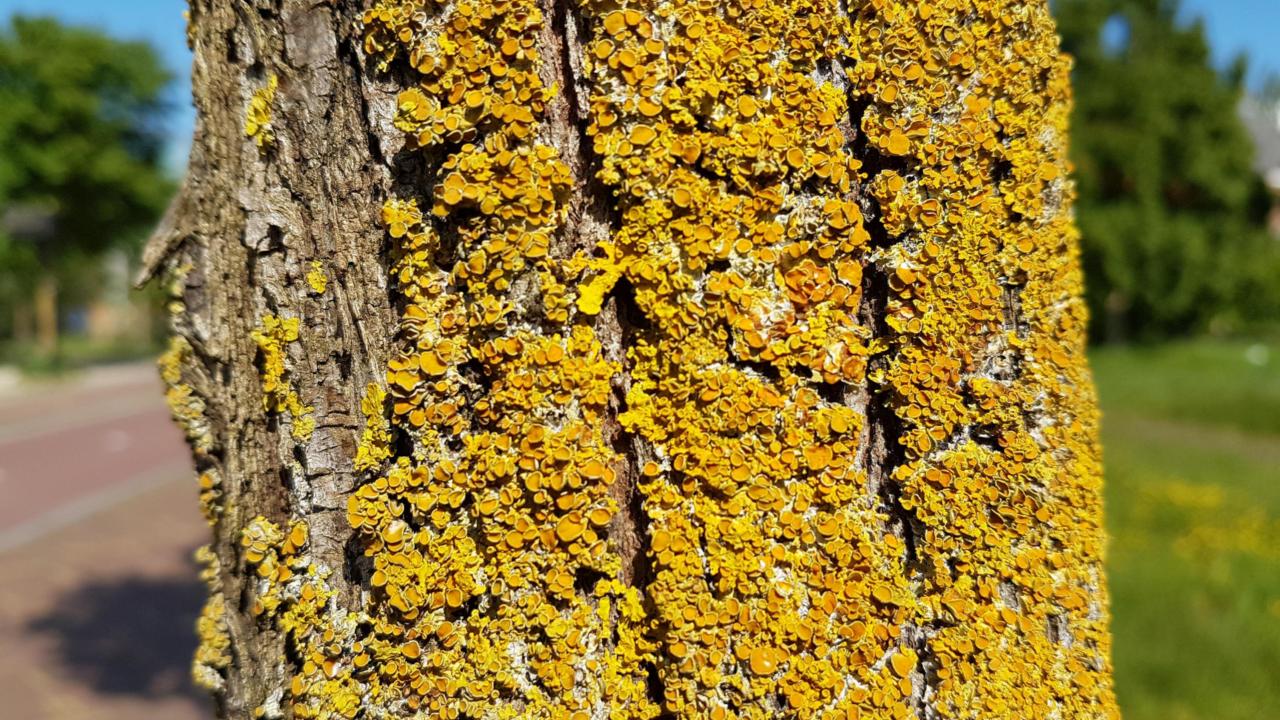
My research focuses on bryophyte systematics and 'hidden biodiversity'. I study evolutionary relationships and species delimitation of bryophytes, from tropical forests to polar tundras. I am interested in unravelling the hidden biodiversity of bryophytes and lichens, soil bacteria and fungi, and airborne biological particles, in natural and urban ecosystems.
Keywords
Bryophytes, DNA (meta)barcoding, phylogenetics, soil biodiversity, urban biodiversity
Researchinterest
I study the 'hidden biodiversity' of bryophytes. lichens and microorganisms in soil and air.
Main research topics:
- I study systematic relationships and character evolution in bryophytes, mainly in the Dicranidae, one of the two largest lineages of mosses (ca. 4000 species).
- I clarify species delimitations and improve species identification of bryophytes to assess and monitor biodiversity. Examples are bipolar bryophyte species, Atlantic island bryophytes and the Dutch bryoflora.
- I contribute to unravelling microbial diversity as well as spatial and functional biodiversity patterns in soil, air and lichens.
- I lead the interdisciplinary HiddenBiodiversity project, which studies urban biodiversity in Dutch cities; for more information see
Keypublications
- Mawarda, P.C., Kaaij, R. van der, Dini-Andreote, F., Duijker, D., Stech, M., Speksnijder, A.G.C.L. 2025. Unveiling the ecological processes driving soil and lichen microbiome assembly along an urbanization gradient. npj Biofilms and Microbiomes 11, 99.
- Timans, H., Zon, S. van, Nuytinck, J., Stech, M. 2025. An epiphyte desert no more: considerable epiphytic lichen diversity on common lane tree species in Amsterdam under contemporary urban environmental conditions. Lichenologist 57(5): 224–238.
- Mota de Oliveira, S., Duijm, E., Stech, M., Ruijgrok, J., Polling, M., Barbosa, C.G.G., Cerqueira, G.R., Nascimento, A.H.M., Godoi, R.H.M., Taylor, P.E., Wolf, S., Weber, B., Kesselmeier, J. 2022. Life is in the air: An expedition into the Amazonian atmosphere. Front. Ecol. Evol. 789791.
- Bonfim Santos, M., Fedosov, V., Hartman, T., Fedorova, A., Siebel, H., Stech, M. 2021. Phylogenetic inferences reveal deep polyphyly of Aongstroemiaceae and Dicranellaceae within the haplolepideous mosses (Dicranidae, Bryophyta). Taxon 70(2): 246–262.
- Rosa, L.H., da Silva, T.H., Ogaki, M.B., Pinto, O.H.B., Stech, M., Convey, P., Carvalho-Silva, M., Rosa, C.A., Câmara, P.E.A.S. 2020. DNA metabarcoding uncovers fungal diversity in soils of protected and non-protected areas on Deception Island, Antarctica. Sci. Rep. 10: 21986.
- Biersma E.M., Jackson J.A., Stech M., Griffiths H., Linse K., Convey P. 2018. Long-term in situ Antarctic Persistence within Antarctica’s Most Speciose Plant Genus, Schistidium. Frontiers in Ecology and Evolution 6: 77.
- Gama R., Aguirre-Gutiérrez J., Stech M. 2017. Ecological niche comparison and molecular phylogeny segregate the invasive moss species Campylopus introflexus (Leucobryaceae, Bryophyta) from its closest relatives. Ecology and Evolution 7: 8017–8031.
- Sim-Sim M., Afonina O.M., Almeida T., Désamoré A., Laenen B., Garcia C.A., González-Mancebo J.M., Stech, M. 2017. Integrative taxonomy reveals too extensive lumping and a new species in the moss genus Amphidium (Bryophyta). Systematics and Biodiversity 15: 451–463.
- Lang A., Bocksberger G., Stech M. 2015. Phylogeny and species delimitations in European Dicranum (Dicranaceae, Bryophyta). Molecular Phylogenetics and Evolution 92: 217–225.
- Stech M., Veldman S., Larraín J., Muñoz J., Quandt D., Hassel K., Kruijer J.D. 2013. Molecular species delimitation in the Racomitrium canescens complex (Grimmiaceae) and implications for DNA barcoding of species complexes in mosses. PLoS ONE 8(1): e53134.
PhDsupervision
Naturalis aims to be a breeding ground for international scientific talent. Therefore, PhD's have a special position in our organisation.
Current PhD students & Postdocs:
- Tim Claerhout (PhD)
- Sjoerd Gremmen (PhD)
- Eka Iskandar (PhD)
- Soraia Martins (PhD, external)
- Panji Mawarda (Postdoc)
Recently finished:
- Marina Bonfim Santos (PhD defense January 2024)

Teachingactivities
- Coordinator of B.Sc. first years course ‘Tree of Life, Biodiversity of Plants, Protists, Fungi’
- B.Sc. first years course ‘Flora and Fauna’ (field excursions and determination practice of the Dutch flora)
- B.Sc. second years course 'Biodiversity'
- B.Sc. third years Minor ‘Biodiversity’, Module ‘Scales of biodiversity’, part 'Hidden Biodiversity'
- Supervising B.Sc., M.Sc. and HBO (Universities of Applied Sciences) students